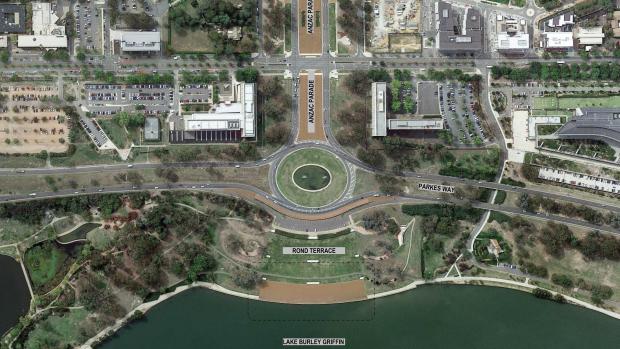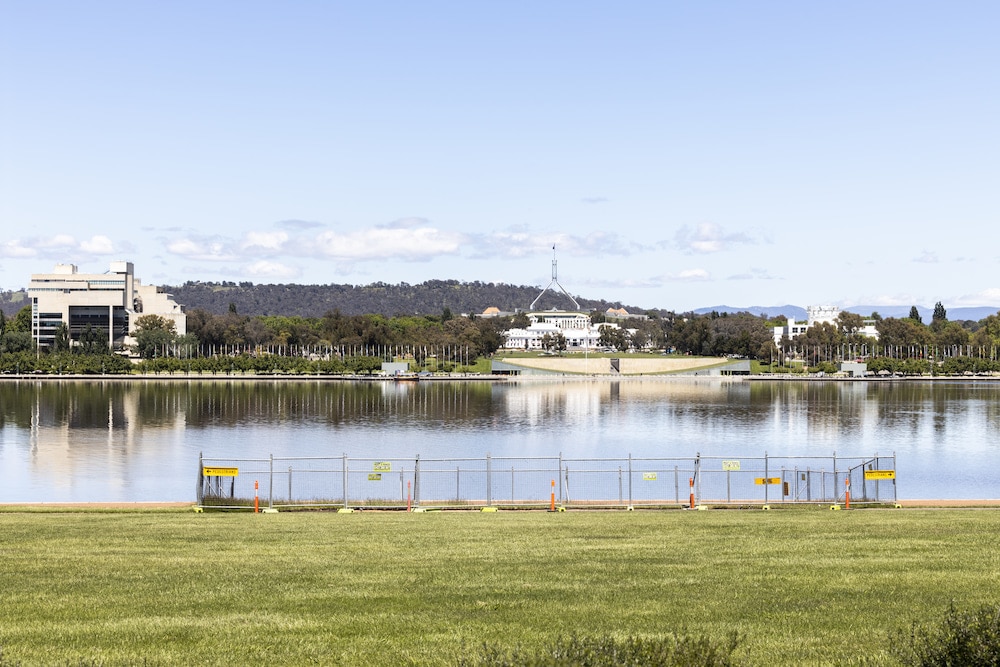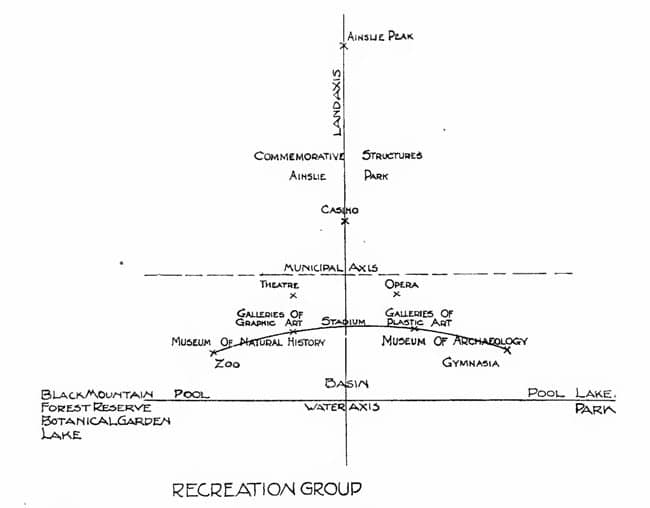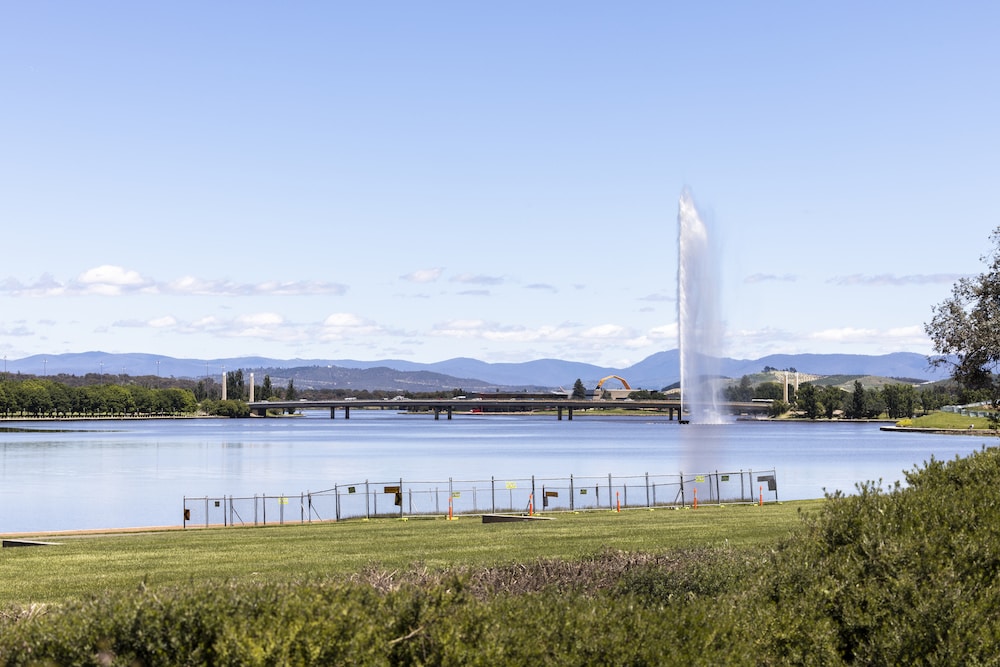Six new flagpoles are being installed at Rond Terrace, on the Lake Burley Griffin foreshore; on Australia Day, the two sets of poles will fly the Australian, Aboriginal, and Torres Strait Islander flags. But a community group has opposed their installation, claiming they do not fit architect Walter Burley Griffin’s vision.
Rond Terrace had long been the venue for citizenship ceremonies, and it was appropriate the Australian flag be flown as part of the ceremonies, the National Capital Authority stated; the flagpoles would enhance the site as “the centrepiece of citizenship ceremonies held on Australia Day”.
But the Lake Burley Griffin Guardians, committed to safeguarding the lake and its shore, claimed the flagpoles were being erected without public consultation, as part of a plan to ‘militarise’ the area.
“It does seem as though the NCA has used the cover of COVID to undertake this further ‘improvement’ of this critical Griffin Land Axis,” the Guardians said. “Is it a further extension / confirmation of the militarisation of Anzac Parade, down to the Lake-side parade area with its so-called symbolic red scoria [gravel]?”

The Guardians said they were concerned there had been no public consultation on the proposed works, public statement of heritage impact, or apparent notification of reference under the Environment Protection and Biodiversity Conservation Act 1999 for works in this “nationally sensitive heritage area”. They noted that attempts to put World War I and II memorials on Rond Terrace a decade ago “evoked enormous public condemnation”.
An independent Heritage Impact Assessment (HIA) on Rond Terrace concluded that a referral under the EPBC Act was not warranted, an NCA spokesperson said.
The NCA then consulted with the Department of Agriculture, Water and the Environment (DAWE), which provided written advice that supported the HIA findings, and decided a referral was not required.

Is Rond Terrace a parade ground?
The Guardians also took umbrage with the statement on the NCA website that Rond Terrace was “originally designed as parade grounds for military events”. They claimed the statement was incorrect, and wanted the comment changed.
“There is nothing ‘military’ in Griffin’s description of his stadium area (now Rond Terrace),” the Guardians said. “It is only in recent decades that a parade strip was installed at the Lake edge below the terrace. It was not Griffin’s original intention, and contradicts Griffin’s principles as set out in his Report Explanatory.”

According to Griffin’s Report Explanatory of the Preliminary General Plan(1913), the Guardians argue, Rond Terrace was intended “for the peoples’ recreation, relaxation, cultural activities, arts, sporting events, and the reflection on and respect for democracy”.
Griffin’s Report Explanatory placed “the Stadium for general assembly” (Rond Terrace, according to the Guardians) facing the waterway, near a theatre, an opera house, galleries of the graphic and plastic arts, museums for natural history and archaeology, zoological gardens, public swimming baths, and gymnasia.
“The use of Rond Terrace for gatherings is consistent with the Griffins’ principle which proposed that a stadium be built,” the NCA spokesperson responded. “The NCA will continue to explore opportunities for enhancements to support nationally significant events.”



